Germans invented a way to print flexible touch displays on a regular printer
Do not rush to throw away your old inkjet printers: of course, you won’t print them in 3D , but you can experiment with the technology of printing flexible touch displays presented at the technology symposium held in Honolulu (Hawaii, USA) .
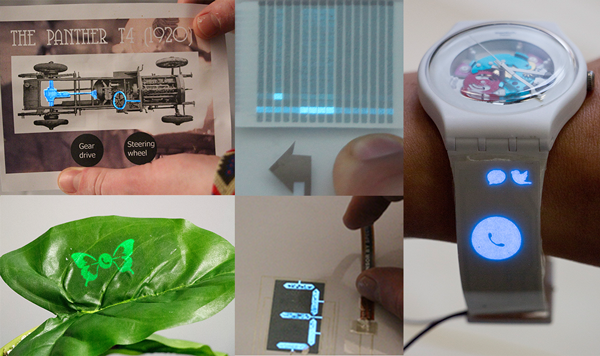
Inventors from the University of Saarland and the Max Planck Institute for Informatics (Germany) showed how to print flexible thin single- or double-sided color touch displays on virtually any material: wood, marble, leather, metal and, in fact, paper. Unlike the usual production of flexible / touch displays, complex equipment is not required: they can be printed in almost any environment, including at home, and using the simplest equipment like an inkjet printer and standard visual editors.
Usually, to integrate the display into your product, you need to buy a set of such components: The

technology that German inventors offer is much simpler. All you need for printing is special ink. You can create a display design in any graphics editor:

- and then you just need to follow the order of the layers. If you use paper, a regular inkjet printer is also suitable:
Two layers of conductors enclose a layer of phosphor in a sandwich, which glows when the charge passes through the ink. Display thickness - from 120 microns (0.12 mm). The display may contain highly detailed segments with a resolution comparable to the resolution of laser printing at 250 dpi. To make the display two-sided - just turn the surface over and repeat the process, but in principle, nothing prevents collecting even origami from it.
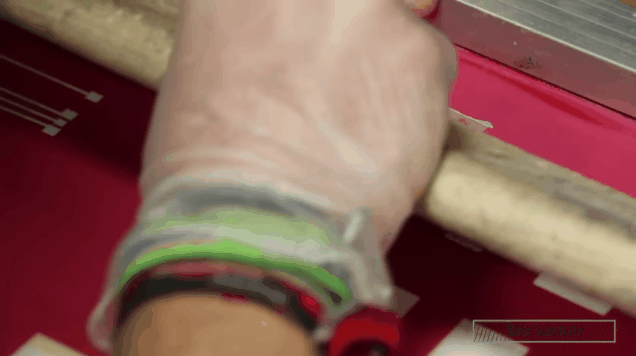
In their report, scientists demonstrated several prototypes, their capabilities and methods of using displays printed on a Canon IP-100 inkjet printer:
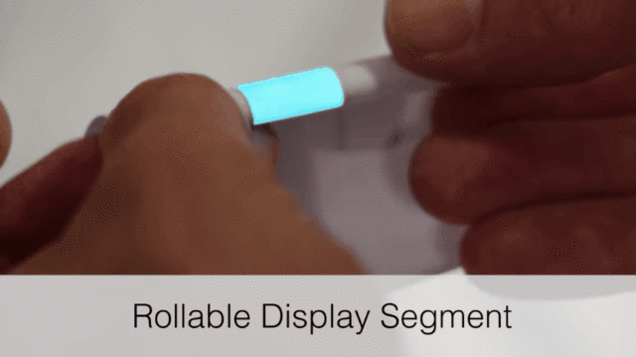
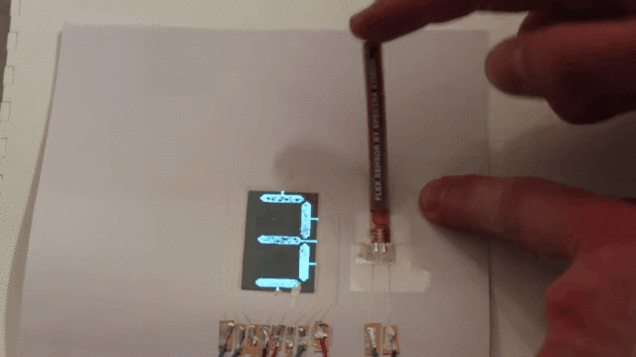
Even smart watch manufacturers did not think of using a strap like this:
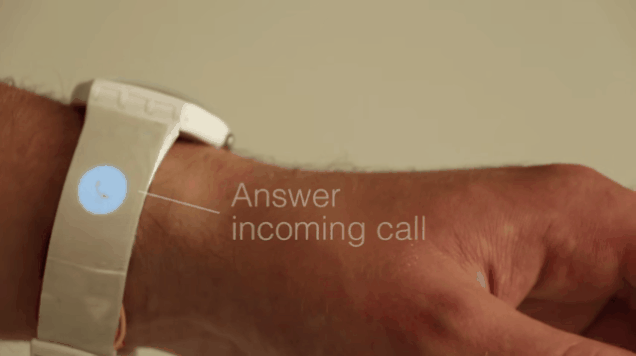
These are just the first draft ideas on how to use such displays - we expect thousands of them in the near future time from those who decide to repeat the method of German scientists in practice.
Printing the above examples took 2-4 hours per person - the duration of the process depends not only on the complexity of the display design, but also on its size and the number of colors used. The cost of used Mitsubishi NBSIJ-MU10 silver ink based on a fully coated A4 sheet was 19 euros.
via
If users learn how to
embroider displays with beads,
we will start selling threads and needles [ tell andorro news ]
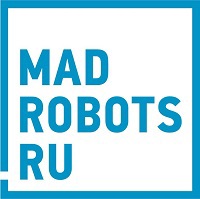






Inventors from the University of Saarland and the Max Planck Institute for Informatics (Germany) showed how to print flexible thin single- or double-sided color touch displays on virtually any material: wood, marble, leather, metal and, in fact, paper. Unlike the usual production of flexible / touch displays, complex equipment is not required: they can be printed in almost any environment, including at home, and using the simplest equipment like an inkjet printer and standard visual editors.
Usually, to integrate the display into your product, you need to buy a set of such components: The

technology that German inventors offer is much simpler. All you need for printing is special ink. You can create a display design in any graphics editor:

- and then you just need to follow the order of the layers. If you use paper, a regular inkjet printer is also suitable:
- silver conductor layer,
- dielectric layer
- phosphor layer
- transparent conductor.
Two layers of conductors enclose a layer of phosphor in a sandwich, which glows when the charge passes through the ink. Display thickness - from 120 microns (0.12 mm). The display may contain highly detailed segments with a resolution comparable to the resolution of laser printing at 250 dpi. To make the display two-sided - just turn the surface over and repeat the process, but in principle, nothing prevents collecting even origami from it.

In their report, scientists demonstrated several prototypes, their capabilities and methods of using displays printed on a Canon IP-100 inkjet printer:


Even smart watch manufacturers did not think of using a strap like this:

These are just the first draft ideas on how to use such displays - we expect thousands of them in the near future time from those who decide to repeat the method of German scientists in practice.
Printing the above examples took 2-4 hours per person - the duration of the process depends not only on the complexity of the display design, but also on its size and the number of colors used. The cost of used Mitsubishi NBSIJ-MU10 silver ink based on a fully coated A4 sheet was 19 euros.
- A detailed description of the process listing all used equipment nomenclature and printing capabilities on different surfaces.
via
If users learn how to
embroider displays with beads,
we will start selling threads and needles [ tell andorro news ]






